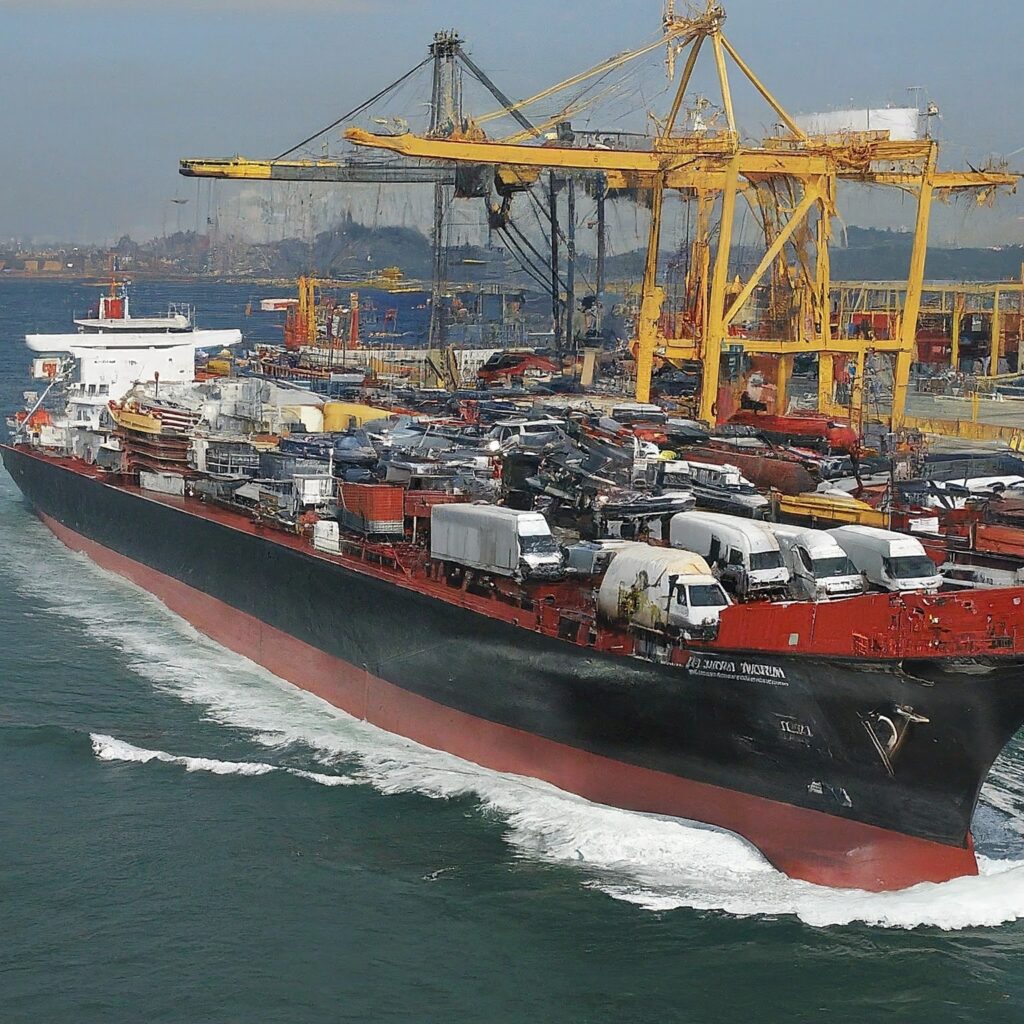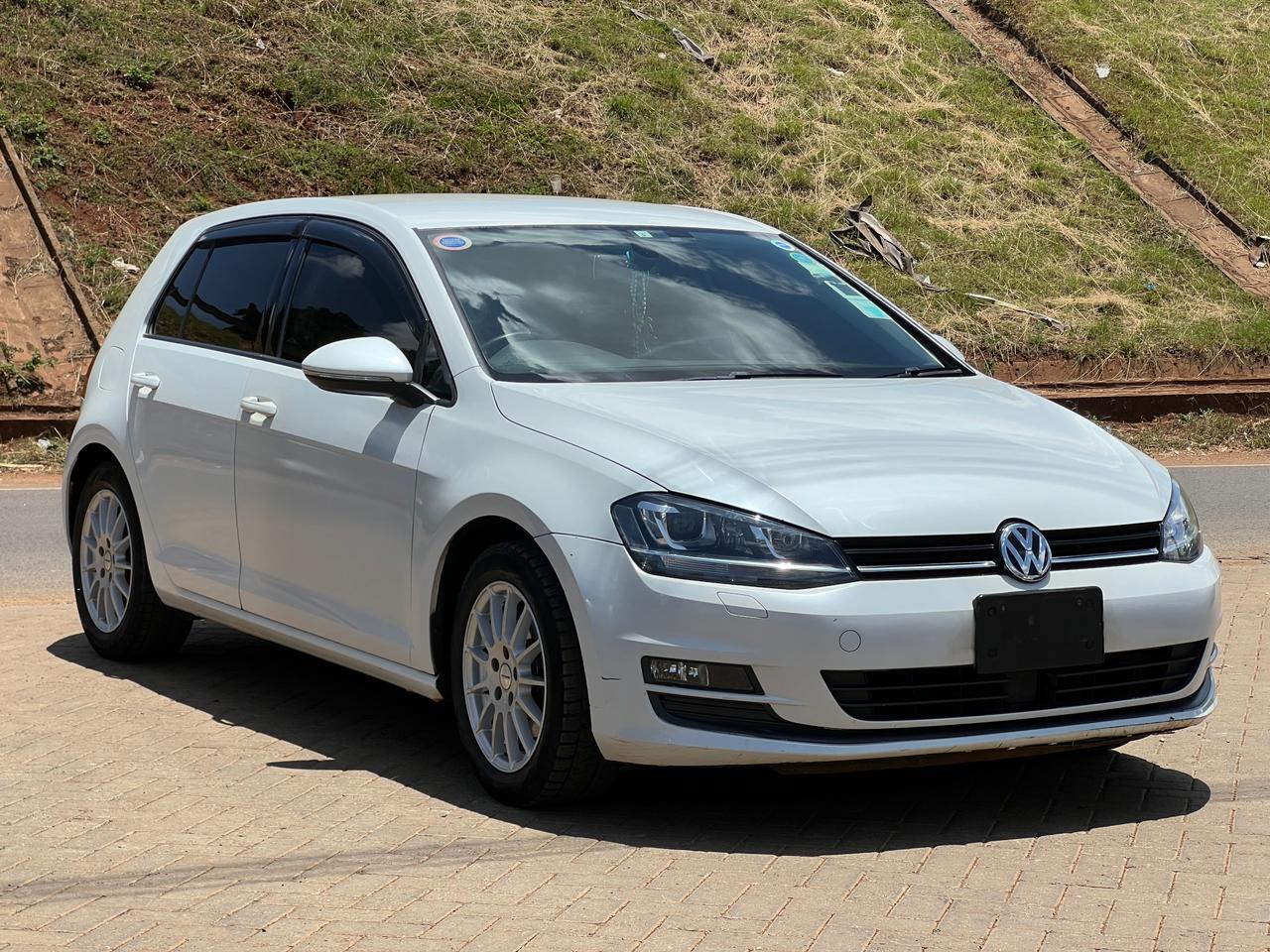(2025): From Zero to First Import — Beginner’s Step-by-Step Guide to Importing Cars to Kenya for Business
From Zero to First Import — Beginner’s Step-by-Step Guide to Importing Cars to Kenya for Business
New to vehicle importation? This comprehensive playbook shows you how to import your first car into Kenya the smart way. Learn how to pick the right model, estimate your total landed cost, choose between RoRo vs container, work with a licensed clearing agent at Port of Mombasa, register via NTSA TIMS, and deliver the car to a happy client—without guesswork.

- Who this guide is for
- The beginner’s blueprint: end-to-end overview
- Compliance & requirements checklist
- Sourcing the right car (and vendor vetting)
- Costing & pricing: landed-cost formula
- Shipping decisions: RoRo vs container
- Clearing at Mombasa: documents & steps
- Registration, plates & insurance
- Beginner business models that work
- Marketing: get your first 10 buyers
- Risks, scams & red flags
- Frequently asked questions
- Free checklist + WhatsApp help
Who This Guide Is For
🏁 Absolute Beginners
You’ve never imported a car before and want a clear, reliable pathway from deposit to delivery—without expensive mistakes.
💼 New Dealers
You sell cars locally and want to start importing to improve margins, control quality, and offer custom orders.
🧭 Side Hustlers
You want a flexible, scalable business where each successful import becomes a referral engine for the next one.
Reminder: Rules (e.g., vehicle age limits, drive type, inspections) and duty structures can change. Always verify current requirements with your clearing agent and relevant authorities before you commit funds.
The Beginner’s Blueprint: End-to-End Overview
- Customer brief & deposit — Confirm model, year range, budget, fuel type, and must-have features. Use a simple agreement; collect a refundable/conditional deposit.
- Source & verify — Identify units from reputable exporters/auctions. Verify chassis (VIN), mileage, prior damage, and inspection status.
- Purchase & insure — Pay via secure, traceable channels. Ensure CIF (Cost + Insurance + Freight) and pre-shipment inspection are in place.
- Ship to Mombasa — Choose RoRo for single vehicles; container for premium/multiple units. Get a Bill of Lading (BL).
- Clear with a licensed agent — Your agent lodges customs entries, manages duty payments, and prevents storage penalties.
- Transport & register — Move the car inland, register via NTSA TIMS, get plates and insurance.
- Handover & aftersales — Deliver keys, documents, and onboarding—then follow up to secure referrals.
Compliance & Requirements Checklist
Personal/Business Basics
- ID/Passport & KRA PIN (iTax active)
- NTSA TIMS account access
- Business registration (if operating as a dealer)
- Bank account capable of international transfers
Vehicle & Shipment Docs
- Commercial/Proforma Invoice
- Bill of Lading (original or telex release)
- Pre-shipment inspection certificate
- Insurance (marine; then local comprehensive or third-party)
- Import Declaration Form (IDF) + customs entries through your agent
Pro tip: Keep clean digital copies (PDF/JPEG) of every document in a shared folder with your agent. Faster responses = lower storage fees.

Sourcing the Right Car (and Vendor Vetting)
Your profit and reputation are made or lost at the sourcing stage. Buy the right car from the right partner and the rest becomes logistics.
What to Look For
- High-demand models with strong resale: efficient saloons, compact SUVs, and reliable hatchbacks.
- Verified condition: service records, inspection grade, clear photos (interior, engine bay, underbody).
- Chassis/VIN integrity: numbers must match documents; check for tampering or repaint clues.
- Transparent CIF pricing with clear breakdowns (no hidden “handling” surprises).
Vetting Exporters
- Years in business, verifiable address, responsive support
- Payment details matching company legal name
- Inspection certificate numbers you can cross-check
- Contract with refund/recourse clauses for non-conforming units
Red flags: pressure to wire funds to personal accounts, unwillingness to share chassis/VIN, only stock imagery, prices far below market.
Costing & Pricing: The Landed-Cost Formula
Build a simple estimator and share it transparently with clients. That clarity wins deals and prevents disputes.
Landed Cost ≈ CIF (Car + International Freight + Marine Insurance) + Duties/Taxes + Port/Agency Fees + Inland Transport + Registration/Plates + Your Margin
Notes on Each Line
- CIF: Ensure the quote reflects the correct destination (Mombasa) and sailing window.
- Duties/Taxes: Based on customs valuation; obtain an estimate from your licensed agent before shipping.
- Port/Agency Fees: Handling, documentation, scanning, and storage (storage explodes if documents lag).
- Inland Transport: Mombasa → your city; compare multiple carriers and include transit insurance.
- Registration/Plates: NTSA TIMS fees, number plates, and local insurance.
- Margin: Price competitively but account for risk and value-adds (warranty, first service, detailing).
Template idea: Keep a Google Sheet per unit with date-stamped costs and attachments. It doubles as your sales deck and after-sales file.
Shipping Decisions: RoRo vs Container
RoRo (Roll-On/Roll-Off)
- Best for single units and price-sensitive imports
- Pros: frequent sailings, simpler logistics, lower cost
- Cons: less protection than sealed containers
Container Shipping
- Best for multiple cars or premium vehicles
- Pros: added security, option to ship accessories (declare properly)
- Cons: higher cost; requires stuffing/de-stuffing at origin/destination
Request a provisional sailing schedule and track the vessel. Once you receive the Bill of Lading, share it with your agent immediately so they can pre-advise customs and reduce storage risk.
Clearing at Mombasa: Documents & Steps
The clearing stage is where beginners either shine or bleed costs. Your licensed clearing & forwarding (C&F) agent is crucial.
Key Documents
- Commercial invoice, payment proofs
- Bill of Lading (original/telex release details)
- Pre-shipment inspection certificate
- Import Declaration Form (IDF) and customs entries
- Consignee ID/Passport & KRA PIN
Typical Sequence
- Agent lodges entries, duty/tax assessment
- Settle duties, port charges, and agency fees
- Customs/port release; arrange yard pickup
- Inland transport with transit insurance
Time saver: Share the BL and invoices the same day you receive them. Most storage costs come from documentation delays.
Registration, Plates & Insurance
After inland transport, complete NTSA TIMS registration and obtain plates. Choose appropriate insurance (comprehensive for financed or high-value cars; third-party for budget). Do a final PDI (pre-delivery inspection): fluids, brakes, tires, lights, infotainment, keys, spare wheel and tools.
Handover Checklist
- Logbook/registration details & copies of all import docs
- Spare key, toolkit, jack, wheel spanner, locking nuts
- Service/inspection report and next-service guidance
- Receipt summary (transparent cost sheet builds trust)
Aftersales = Referrals: A 10-minute follow-up call a week later often yields 1–2 referrals.

Beginner Business Models That Work
1) Pre-Order (Low Capital)
Collect a deposit, then source the exact unit. You avoid stock risk and learn pricing dynamics fast. Communicate timelines and inspection steps clearly.
2) Consignment
Offer marketing + sale services for owners/importers and earn a fee. Builds audience and proof without tying up capital.
3) Micro-Stock Flip
Hold 1–3 liquid models with high demand. Faster walk-in sales when you present clean vehicles with transparent history.
Margins & Pricing Strategy
- Use your landed-cost sheet; price for fair profit with room for negotiation.
- Offer small value-adds (detailing, first service) to justify premium.
- Know local price bands for your city to avoid over-stocking slow movers.
Risk Controls
- Written deposit agreements (specs, budget band, timelines, refund terms)
- Reserve fund for surprise fees or minor reconditioning
- Verified payment channels; avoid untraceable transfers
Marketing: Get Your First 10 Buyers
Free Wins
- Set up a Google Business Profile with WhatsApp and photos.
- Publish real before/after inspection photos and landed-cost breakdowns.
- Record short vertical videos: “How I imported this car in 42 days”.
- Collect testimonials at handover; post them same day.
Content That Converts
- “How much to import a [MODEL, YEAR]?” (transparent math wins trust)
- “RoRo vs Container for beginners” (internal link to this guide)
- “Pre-order process explained” (your step-by-step with timelines)
- Weekly “Top 5 deals I’d import today” with real CIF examples
Every page needs a clear CTA. Copy this anywhere: Ready to import? WhatsApp 0717423659 or visit codeandclutch.blogspot.com.
Risks, Scams & Red Flags (How to Stay Safe)
- Too-cheap listings: If it’s way below market, there’s a reason—damage, mileage rollback, or fraud.
- Unclear payment instructions: Never pay to personal accounts; the beneficiary should match the exporter’s legal entity.
- No inspection or VIN photos: Non-negotiable. Always verify.
- Document delays: BL and invoices must reach your agent quickly; storage charges accumulate daily.
- Timeline over-promises: Share realistic ranges (e.g., 6–10 weeks) and update clients whenever the vessel ETA shifts.
Golden rule: Transparency + documentation beats speed. Move fast on paperwork, slow on risky payments.

Frequently Asked Questions
How long will my first import really take?
Plan for 6–10 weeks from payment to handover. Factors include sailing frequency, inspection lead time, and clearance speed. The easiest win is sending accurate documents to your agent immediately to avoid storage delays.
RoRo vs container — which should I start with?
If you’re shipping a single car and watching costs, start with RoRo. If you’re importing multiple units or a high-value vehicle and want extra protection, choose a container.
What documents are absolutely essential?
Commercial invoice, Bill of Lading, pre-shipment inspection certificate, ID/Passport and KRA PIN for the consignee, plus IDF and customs entries via your clearing agent.
Can I import a left-hand drive (LHD) car?
Kenya typically restricts LHD vehicles except under limited exemptions. Confirm the latest KEBS/NTSA guidance before paying for any LHD unit.
How do I estimate total landed cost?
Use the formula: CIF + Duties/Taxes + Port/Agency Fees + Inland Transport + Registration/Plates + Margin. Your agent can help estimate duties based on the customs valuation.
Do I really need a clearing agent?
Yes. A licensed agent makes the difference between smooth release and days of storage penalties. For beginners, a good agent is non-negotiable.
What should my customer pay upfront?
For pre-orders, use a written deposit agreement covering specs, budget range, timelines, and refund terms. Keep deposits in a separate account and update the client at each milestone.
What’s the fastest way to get my first 10 clients?
Publish transparent price breakdowns, show real inspection photos, collect testimonials on delivery, and post short weekly videos. Always include a simple CTA with WhatsApp contact.





Comments